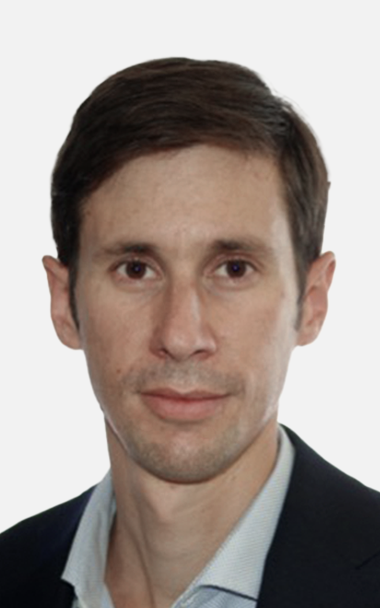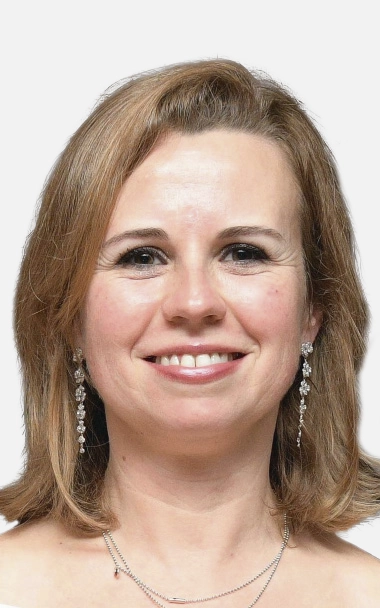Perugia: So when we are brand new into a situation, my advice is also always to walk in with curiosity. Ask yourself:
- Who is in the room?
- What they need from me?
- What I hope to get from them?
- What does success look like for me here?
It is okay to start with listening. Listening with presence and confidence can establish connection. Establishing strong credibility can come both verbally and non-verbally. Don’t just think about what you want to say but also how you say it. If possible, I find that clients benefit from building one to one connections with as many stakeholders as possible when in a new role. When in a brand-new situation, it’s much easier to establish trust, connection and credibility one to one before stepping into a group situation such as a tumour board. You might even make an agreement with a key contact that they ask you a question or invite you to speak in a multi-disciplinary meeting. So my advice would be to think about how many trusting connections, supporters and allies you can create in order to have connection and support in a group situation.
It might also be worth thinking about mindset. When we’re new to a situation that can lead us to doubt ourselves, to feel like an imposter and to hold back from sharing our knowledge and insight. Before stepping into a new situation, it’s worth taking some time to think about past successes, learning, skills, abilities, and of course, the unique value that you bring with you into that room. The more confident and calm we feel, and the more clear about our own value, the easier it is to speak up and share our perspective.



